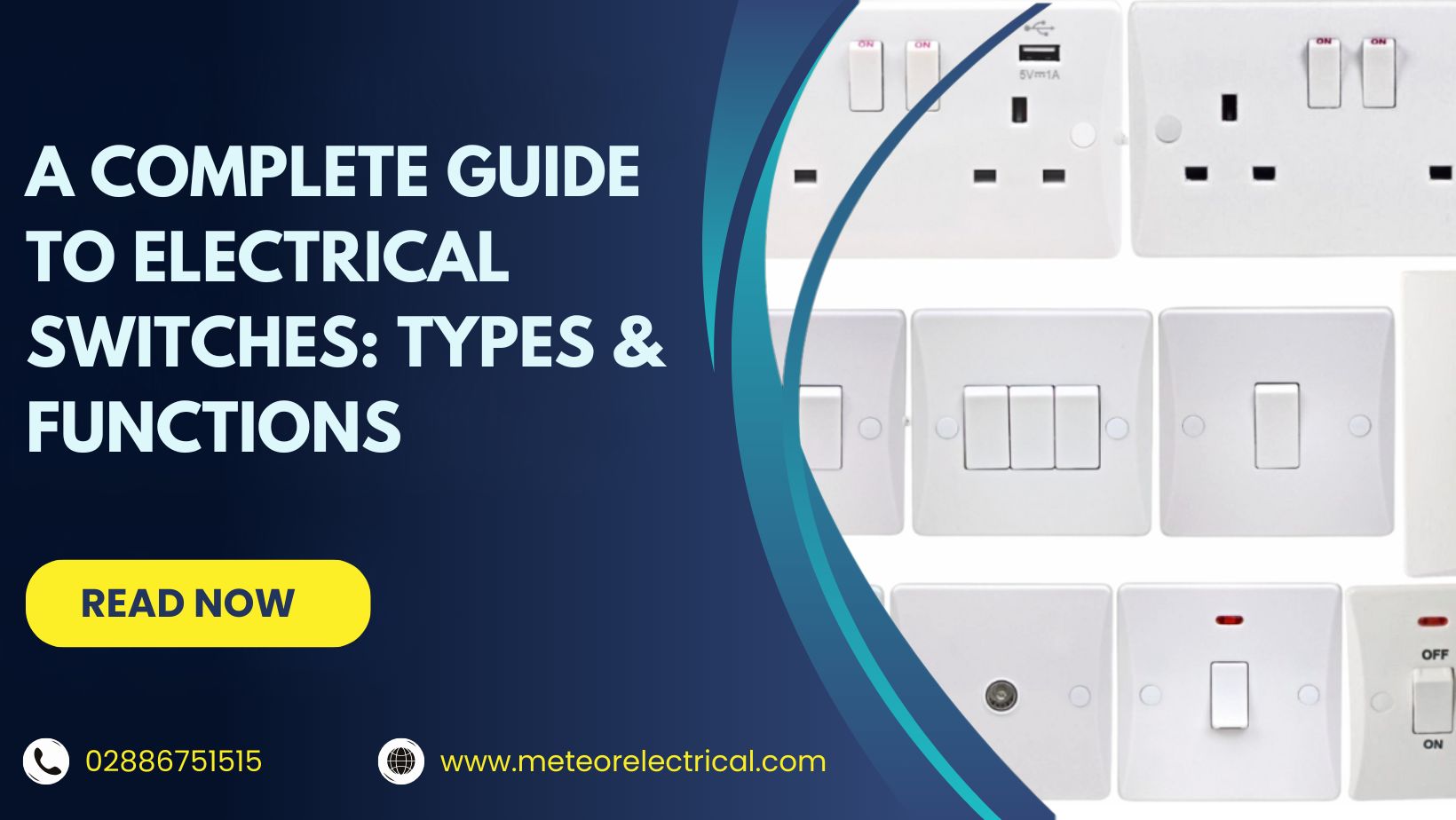A Complete Guide to Electrical Switches: Types & Functions
A Complete Guide to Electrical Switches: Types & Functions
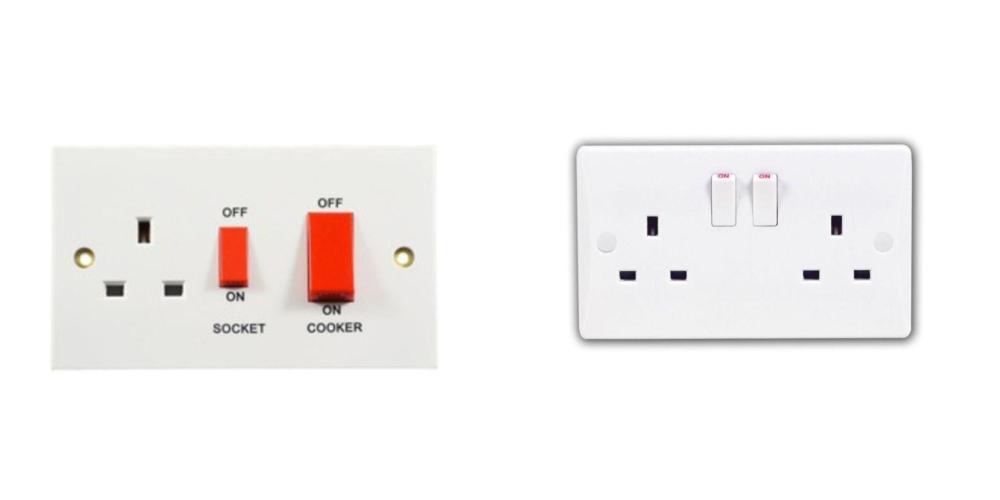
Electrical switches are a fundamental part of every home or business, silently performing a vital role: controlling the flow of electricity. According to MarketsandMarkets, the global switchgear market is projected to reach $140.5 billion by 2027, highlighting the immense importance of switches in electrical infrastructure.
But there’s more than one type of electrical switch. Whether you’re planning a new build, upgrading an existing setup, or integrating smart technology, choosing the right switch can impact energy efficiency, safety, and functionality.
Let’s explore the different types of electrical switches, how they function, and which applications they’re best suited for.
What Are Electrical Switches?
We all know what happens when we flip a switch — a light turns on or off. But the mechanism behind that simple action is what makes electrical switches so essential. An electrical switch is a binary device that either completes or interrupts the electrical circuit, thus enabling or disabling the flow of electricity to a device or appliance.
They are everywhere — from our wall lights and fans to appliances and commercial equipment — acting as control hubs for power management
The Evolution of Electrical Switches
Switch technology has come a long way. From basic toggle switches to advanced smart switches, the market now offers a variety of configurations and functionalities to suit specific use cases. Switches are no longer just tools of control but also central to modern interior design, energy conservation, and automation systems.
With so many choices available, understanding the different configurations is key to selecting the right electrical switch.
Types of Electrical Switches Based on Configuration
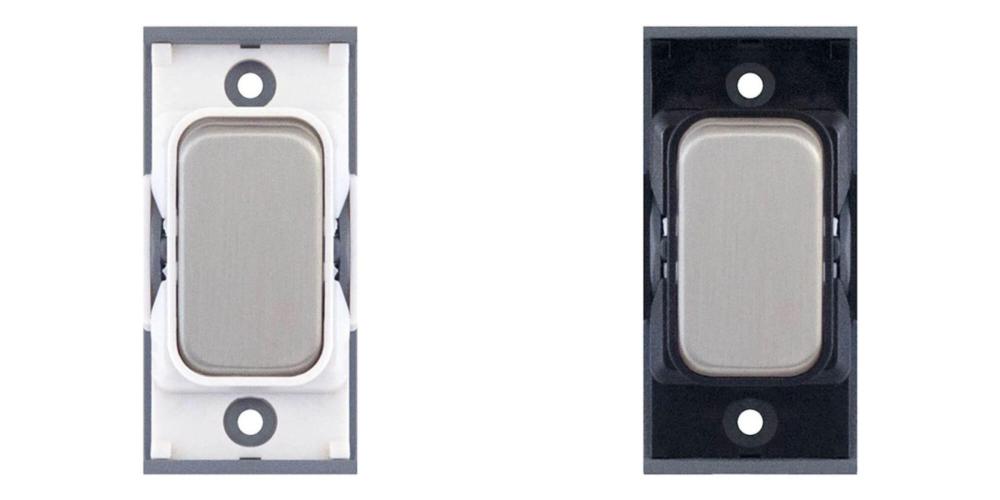
1. Single Pole Electrical Switch
The single pole switch is the most basic and common type. It controls a single circuit from one location and is often used for lighting or basic appliances in residential setups.
- Terminals: Two brass-coloured terminals (plus a ground terminal)
- Application: Light control from one location (e.g. bedrooms, bathrooms)
- Functionality: ON/OFF marked switch — simple and effective
Pro Tip: If a blue wire is connected to a single pole switch, it may be serving as a hot wire. Mark it with black electrical tape to prevent future confusion.
2. Double Pole Electrical Switch
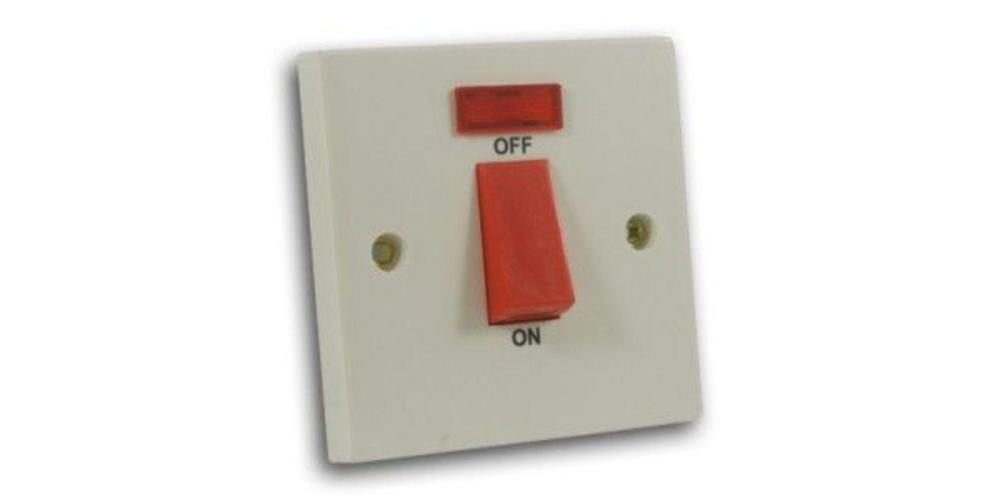
The double pole switch is ideal for higher voltage or heavier loads, such as water heaters or air conditioners.
- Terminals: Four brass terminals plus a ground
- Functionality: Simultaneously controls two hot wires
- Application: Suitable for appliances operating at 240 volts
Essentially, this switch is like two single pole switches working in sync, offering higher load capacity and improved safety for large appliances.
3. Three-Way Switch
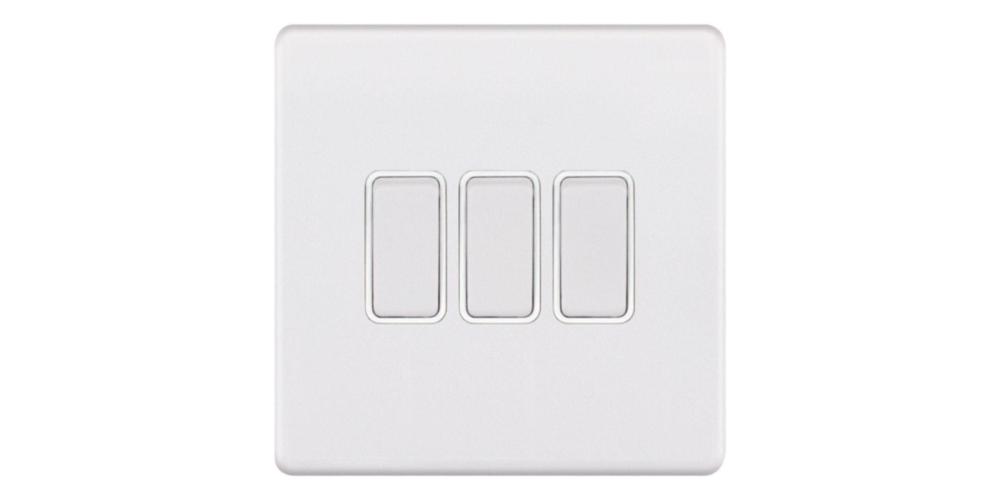
Three-way switches allow you to control a single light or fixture from two separate locations, making them perfect for staircases, hallways, or large rooms.
- Terminals: One common terminal and two traveller terminals, plus a ground
- Application: Multi-entry rooms, long corridors
- Functionality: Can turn lights ON/OFF from either end
4. Four-Way Switch
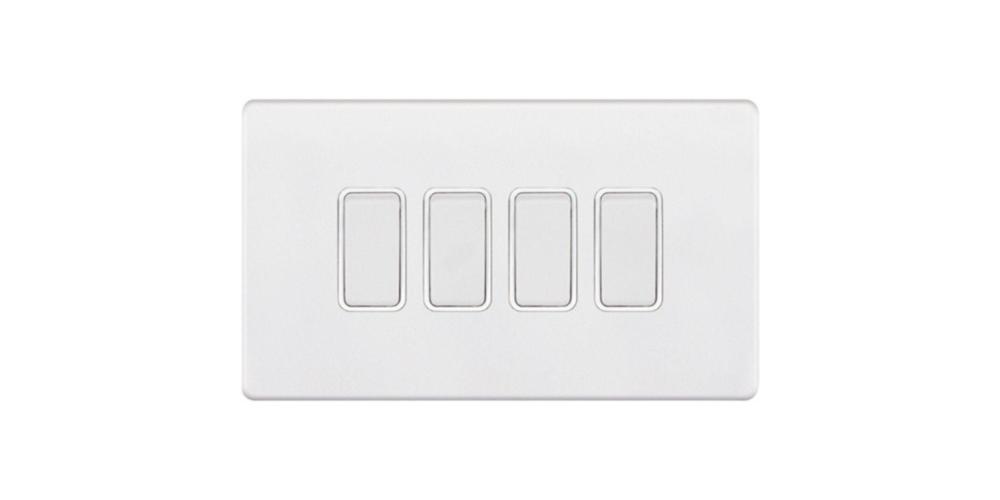
If you want to control one fixture from three or more locations, a four-way switch is used in conjunction with two three-way switches.
- Terminals: Four traveller terminals plus ground
- Functionality: Intermediary switch in multi-way lighting setups
- Application: Large open-plan spaces, commercial halls, warehouses
Always refer to the manufacturer’s terminal layout, as it can vary across different switch models.
Exploring Different Types of Electrical Switches Based on Usage
1. Dimmer Switches
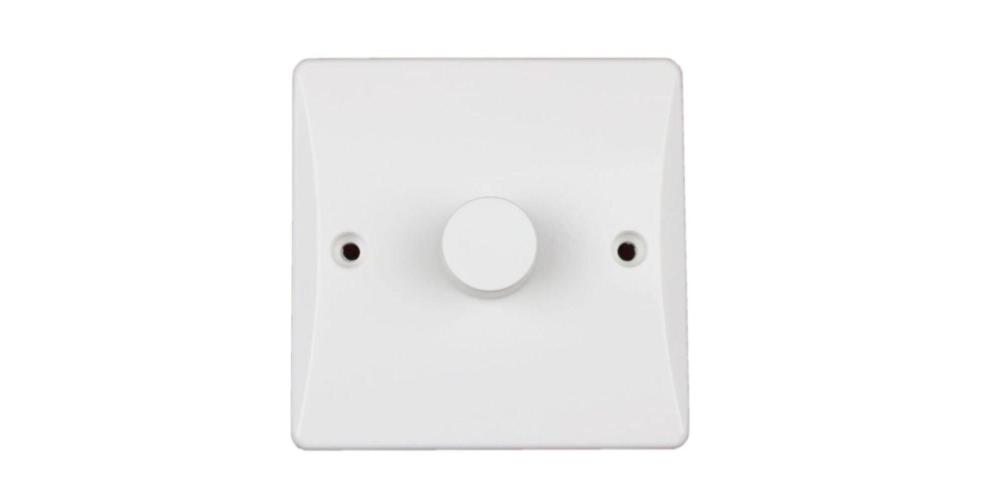
Dimmer switches allow users to adjust lighting intensity, enabling energy savings and mood lighting.
- Style: Rotary knob, slide, or touch control
- Technology: Leading edge (older tech, good for incandescent) or trailing edge (better for LEDs)
- Benefit: Adjust brightness to create ambience and save energy
Trailing edge dimmers are ideal for modern homes using LED lighting. They produce less noise, prevent flicker, and offer better compatibility with low-load devices.
2. Smart Switches
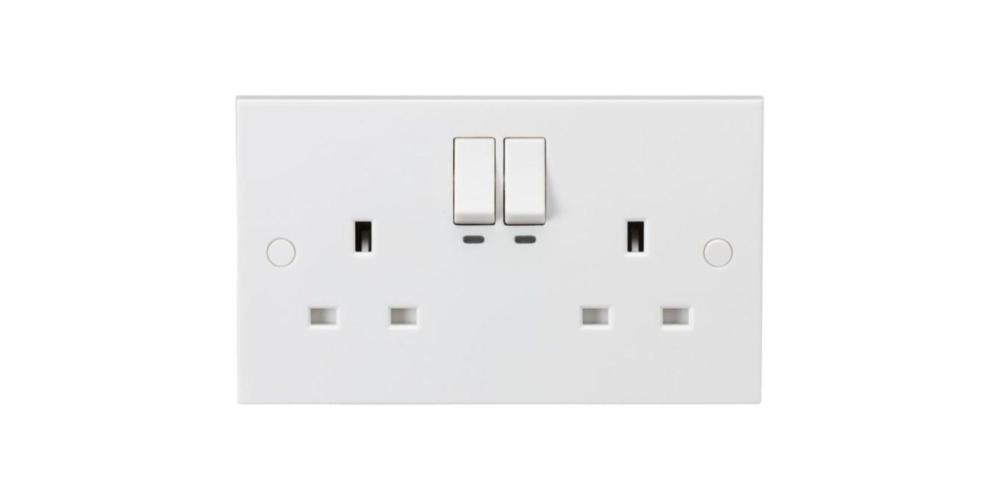
Smart switches bring automation and remote control to your fingertips. They connect to home Wi-Fi networks and can be controlled via apps or voice commands through platforms like Alexa or Google Home.
- Features: Scheduling, remote control, voice activation
- Integration: Works with other smart home devices
- Application: Modern homes, energy-efficient upgrades
Smart switches often include dimming capabilities and allow integration with smart routines, like “away mode” or “bedtime lighting”.
3. "Do Not Disturb" Switch
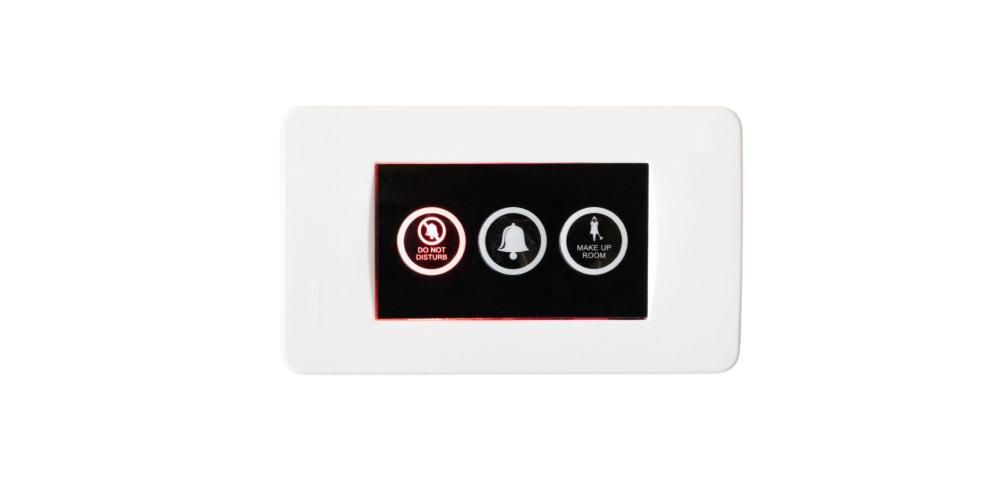
Common in hotels and hospitals, this switch operates indicator lights to signal room occupancy or the desire for privacy.
- Use case: Commercial settings or home offices
- Design: Soft-touch with backlit indicators
- Benefit: Improves privacy and professionalism
4. Occupancy Electrical Switch
These motion-activated switches are great for energy conservation. When movement is detected, the light turns on. It shuts off after a set period of inactivity.
- Application: Bathrooms, utility rooms, garages
- Modes: Always On, Always Off, Auto Sensor
- Benefit: Reduces energy waste
Some occupancy switches also include daylight detection to avoid switching on lights when there's enough natural illumination.
5. Bell Push Switch
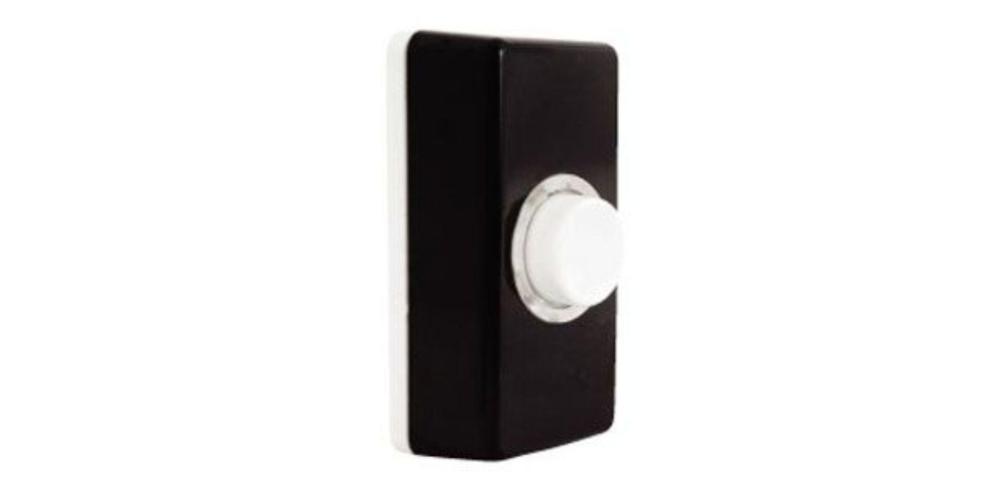
A simple push switch typically used to activate a doorbell.
- Operation: Momentary contact
- Application: Homes, offices, entrances
- Benefit: Basic but effective for alert systems
6. Specialty Electrical Switches
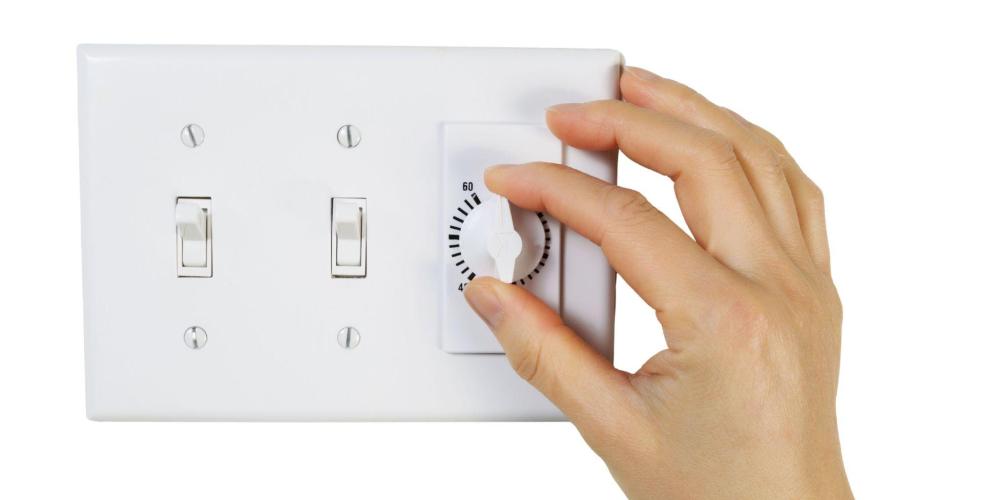
Timer Switches
Turn devices ON/OFF at preset times. Ideal for outdoor lights or security systems.
Time Delay Switches
Keep lights ON for a limited time before switching off automatically — great for staircases.
Switches with Outlets
Combined switch-and-socket units, ideal for small appliances in compact spaces.
Touchpad Switches
Sleek, modern alternatives to toggles or rockers. Offers responsive, silent operation.
Choosing the Right Switch for Your Home or Business
Selecting the right switch goes beyond aesthetics. You need to consider the:
- Location of use (e.g. indoor, outdoor, high-traffic areas)
- Type of load (e.g. LED lighting vs. large appliances)
- Switch functionality (e.g. ON/OFF, dimming, automation)
- Voltage requirement (e.g. standard 120V vs. high-voltage 240V)
- Safety compliance (IP ratings, ground terminals, BSI standards)
For example, a single pole switch is fine for a hallway light, but a double pole switch is required for a heavy-duty oven. Similarly, smart switches offer convenience and scheduling options not available in traditional switches.
Find Your Next Electrical Switch at Meteor Electrical
At Meteor Electrical, we offer a comprehensive range of electrical switches, from basic toggle switches to advanced smart switching solutions. Whether you’re renovating your home, upgrading a workspace, or managing a commercial build, we have the switch for you.
Our Product Range Includes:
- Single and double pole switches
- Trailing edge dimmer switches for LED lights
- WiFi-enabled smart electrical switches
- Touch-sensitive and occupancy detection switches
All our products meet UK safety standards and are sourced from reputable, BSI-certified brands, ensuring you get both performance and peace of mind.
Conclusion: Upgrade with Confidence
Electrical switches are more than functional components — they’re the gateway to smarter, safer, and more efficient living. By understanding the various types of electrical switches and how they work, you can confidently upgrade your systems for better performance and modern control.
Whether you're after a single gang switch for a bedroom light, a dimmer for your living room ambiance, or smart switches for full automation, Meteor Electrical has the solution.
Browse our full range of switches at Meteor Electrical and start your next electrical upgrade with trusted quality and expert guidance.
Frequently Asked Questions (FAQs) About Electrical Switches
1. What is the difference between a single pole and a double pole switch?
A single pole switch controls one light or device from a single location and is commonly used in homes for standard lighting. A double pole switch controls two circuits simultaneously and is designed for high-power appliances like water heaters or air conditioners that operate on 240 volts. It offers added safety and power handling for heavy-duty electrical loads.
2. Can you use any dimmer switch with LED lights?
No, not all dimmer switches work with LED lighting. You must use a trailing edge LED-compatible dimmer switch, which is specifically designed to handle the lower wattage of LED bulbs. These dimmers help prevent issues like flickering, buzzing, or reduced dimming range.
3. What is a smart switch and how does it work?
A smart switch is a WiFi-enabled electrical switch that lets you control lights or appliances remotely using a mobile app or smart home assistants like Alexa or Google Home. It connects to your home network and allows voice control, scheduling, and automation, improving energy efficiency and convenience.
4. How do I choose the right wall switch for my home?
To choose the best wall switch, consider the number of control points (e.g. single pole for one location, three-way for two), the load type (LED, heavy-duty appliances), and desired features like dimming or smart functionality. Always match the switch type with the voltage and circuit it controls.
5. Do dimmer switches save electricity?
Yes, dimmer switches help reduce energy consumption by limiting the amount of power delivered to the bulb. This is particularly effective with LED dimmers, which are more efficient and extend bulb life while lowering your electricity bill.

